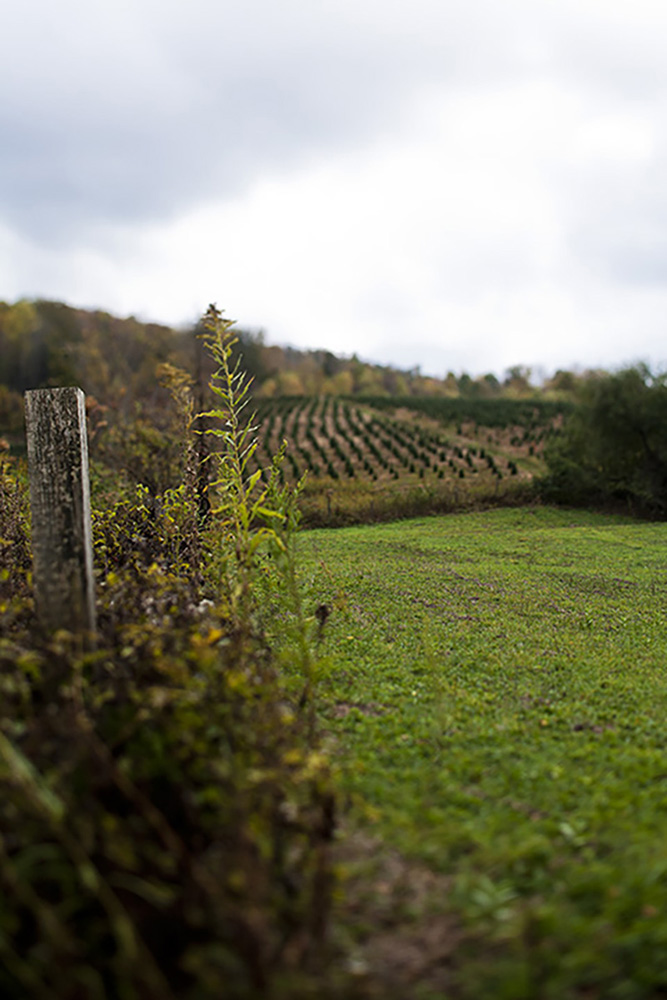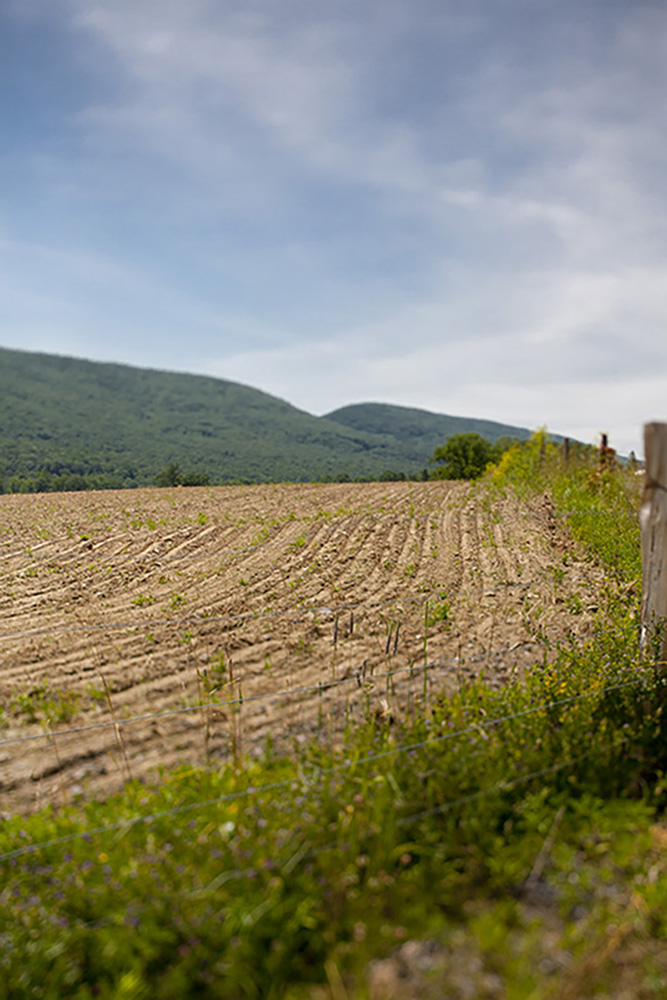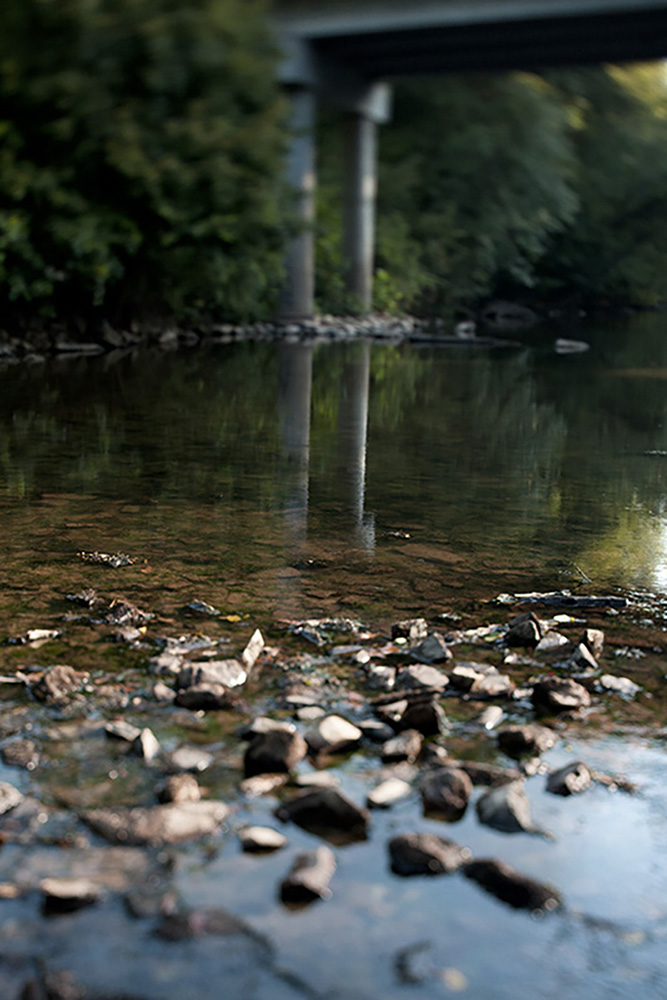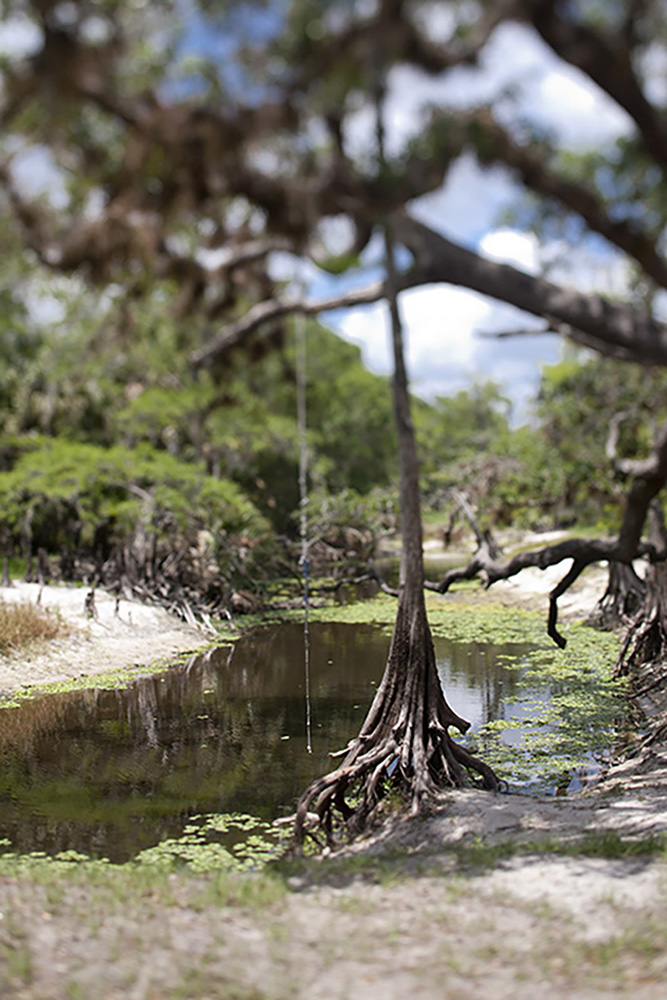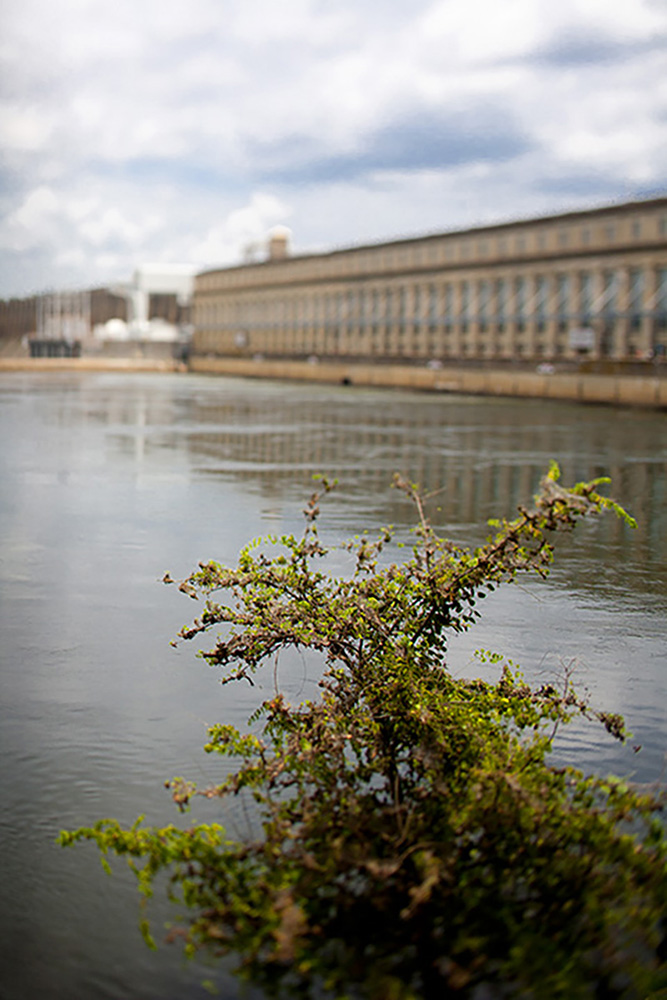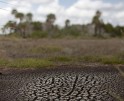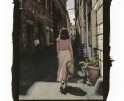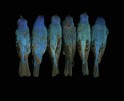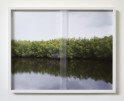Lorraine Turi: The States Project: North Carolina

©Lorraine Turi, Dusky Seaside Sparrow, Last Seen 1987, Merritt Island, Florida, Digital Photograph, 2017
Projects often start with a simple question. For Lorraine Turi, the question was “How many species have gone extinct since I was born?” Through extensive research, Lorraine has been able to identify a significant list of species and the location of the last time the species was seen. She set out to photograph these spaces, often retracing the steps of early explorers. As she recounted some of her trips, I could see the wonder and excitement light up her face. The photographs she creates are visual records of a last sighting. These images are also the remnant of an expedition. The images in Last Seen are a balance of lovely spaces and a subtle pointing of the visual finger at a spot within the place where one should see something. Even without the data provided we get a sense of absence.
I found the adventures and process of finding these last places to be absolutely fascinating. I imagine these elements influence the way that Lorraine navigates the space. After trekking for hours through historical documents and dense vegetation, to final arrive at the spot. The anticipation and hope of finding the species must be nearly palpable. The images provide a visual canvas for these stories. I’ve asked Lorraine to share a couple here.
Lorraine has several projects that explore the tenuous relationship between humans and the land, environment, and/or animals. Last Seen is a memorial to species lost and a reminder of responsibility to those of us who remain.
Lorraine Turi uses photography in her work to create photographic explorations that investigate the complex relationship between humans and the environment.
Turi has participated in solo and group exhibitions including Multiplicity, at the University of North Carolina Biennial Alumni Show in Charlotte, NC, Artists of North Carolina, at the Elder Gallery, Charlotte, NC and the with the Lowe Gallery, Art Miami Art Fair, Miami, FL. Turi’s images have been published in Creative Quarterly and Photographers Forum. In 2013 Turi received an MFA from East Carolina University in North Carolina. Turi lives in North Carolina and teaches at Rowan Cabarrus Community College.
Last Seen
Last Seen is a collection of photographs that have been taken at the last place a species was seen in the wild. All of the species addressed in the photographs are now extinct. The time period covered in Last Seen is the current period of geologic time, the Holocene, Late Quaternary Period, or Sub Atlantic period, which dates from about 1500ce. The Holocene Epoch spans the time that humans have occupied the planet and thus considers the effect that humans have had on the earth and its species.
The photographic sites of Last Seen are found through research using online sources, personal accounts, and journals. When I looked for the last place of the Carolina Parakeet, I used an account of Frank Chapman’s 1889 exploration of the Sebastian River where Chapman had encountered a small flock. As I followed Chapman’s description of the bend and flow of the river I became an explorer. I waded through the jungle until I found the place he had described. I imagined what it must have been like to see the green birds filling the trees as I took the photograph. Sometimes the destination is a path into a swamp or sometimes what I find is a Wal-Mart, concrete and grand hotels. Even in the most remote of places there is some artifact left behind by a human, a rope hanging from a tree or footsteps in the sand. In every place I am hopeful that I will find a lost species still there.
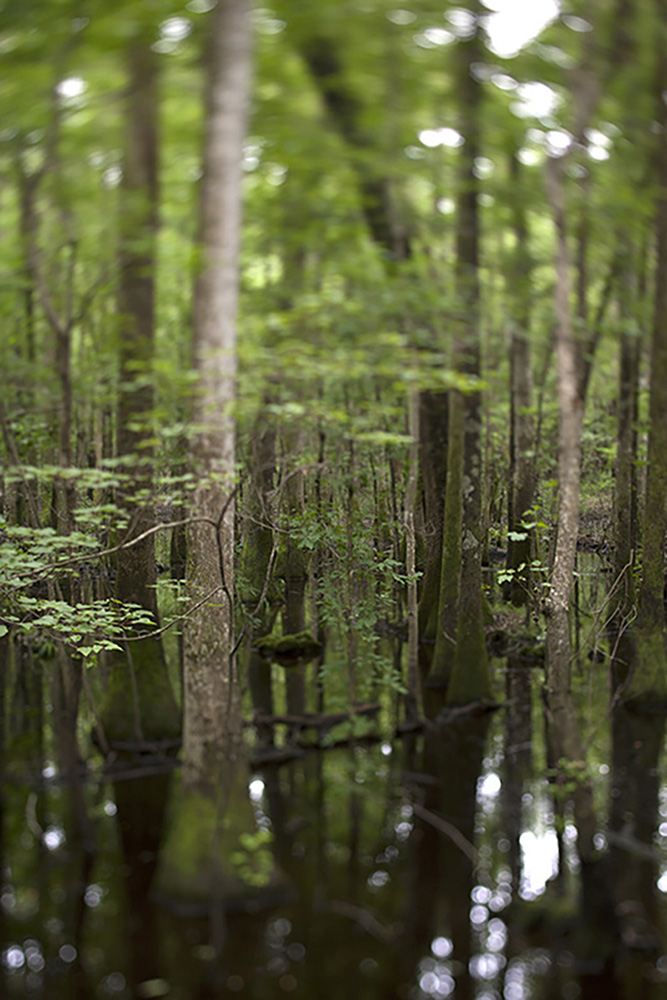
©Lorraine Turi, Bachman’s Warbler, Last Seen 2001, Congaree National Park Hopkins, South Carolina, Digital Photograph, 2017
How does teaching influence your creative process?
The more I learn about my own practice and about the world through my lens the more I have to offer students. It is inspiring to see students engaged in their individual projects and for them to realize ideas through their photographic work. I believe in order to be useful as an instructor I must push myself and continue to investigate evolving photographic trends and emerging work.
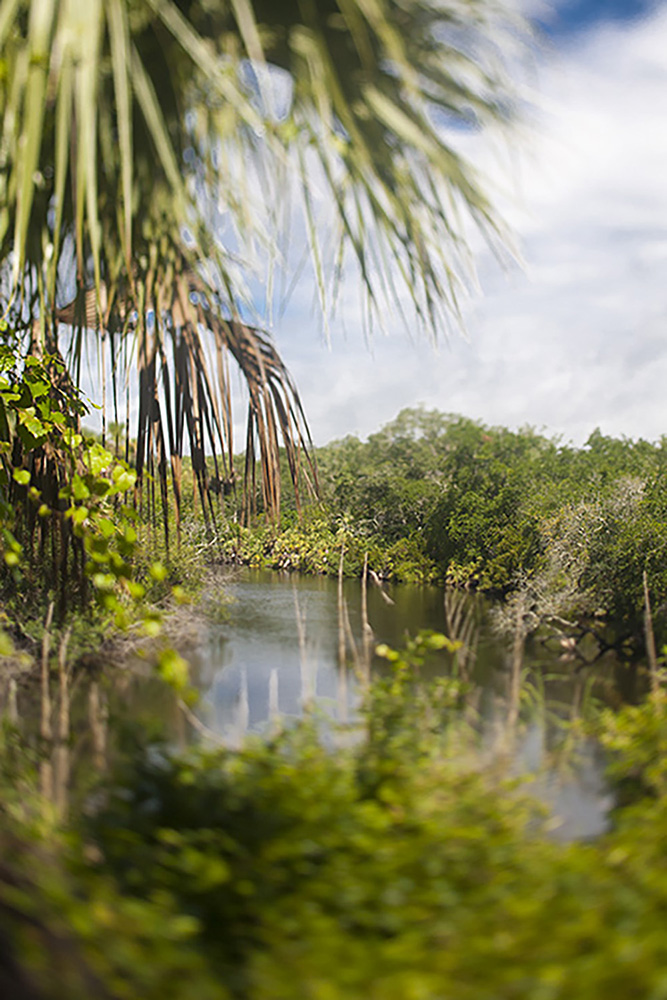
©Lorraine Turi, Carolina Parakeet, Last Seen 1889, Sebastian River Sebastian, Florida, Digital Photograph, 2017
I asked Lorraine to share a couple of short stories about her adventures in finding the places for Last Seen.
Rainbow Snake Fish Eating Creek Palmdale FL
My heart was pounding after a couple of hours of hiking and photographing in 100-degree heat with all of my equipment strapped to my back. I finally found the place I wanted to photograph. The last place the Rainbow snake was seen in Florida. I scrambled down onto the beach along a little lagoon where the swamp met a line of cypress trees. There was an alligator poking its nose out of the water watching me. I waited for the alligator to put its face back under water before taking the picture.
Carolina Parakeet, Sebastian River, Sebastian FL
In my research for the Carolina Parakeet, I came across an excerpt on a website from a journal from the ornithologist Frank Chapman that he wrote while traveling and recording species along the Sebastian river in 1889. Chapman described the river in detail the beauty of it, the height of its banks, how it widened in some places and curved in others. A commenter under the article made a remark that the spot Chapman was referring to was part of land newly obtained by the city to use as a preserve. I did some exploring of the area and at the end of a neighborhood street I found a long dirt road through Florida scrub. I parked my car and between rainstorms made my way along the road. I walked for about a mile all the while doubting that there could be river so far inland. Finally I came to a clearing and as I walked out to the end, the river came into view just the way Chapman had described it. I knew I was in the exact spot. I made my way into the jungle along the high banks but at a point the trees became too dense for me to transverse and it was starting to rain again. I turned and through a clearing of palm trees took the picture. I was completely alone, where some of the last remaining Carolina Parakeet had been seen in the wild along the Sebastian River.
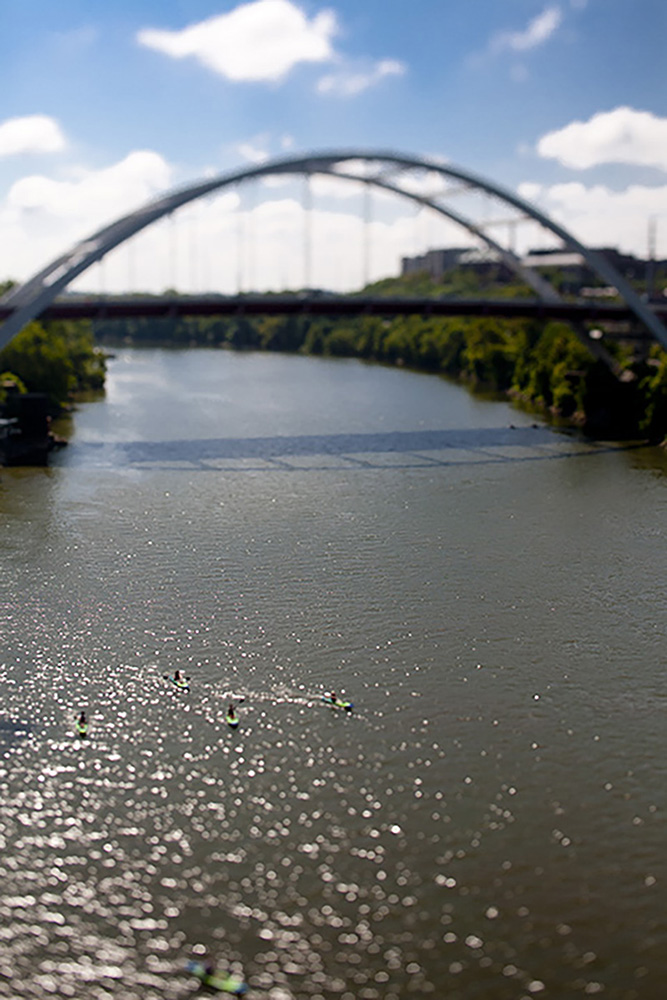
©Lorraine Turi, Acorn Pearly Mussel or Acornshell, Last Seen 1970, Cumberland River, Tennessee, Digital Photograph, 2017

©Lorraine Turi, Narrow Catspaw or Stone’s Pearly Mussel, Last Seen 1967, Stones River, Tennessee, Digital Photograph, 2017

©Lorraine Turi, Goff’s Pocket Gopher, Last Seen 1955, Eau Gallie Brevard County, Florida, Digital Photograph, 2017

©Lorraine Turi, Arc-form Pearly Mussel or Sugarspoon, Last Seen 1941, Holston River, Tennessee, Digital Photograph, 2017

©Lorraine Turi, Labrador Duck, Last Seen 1875, Long Island Sound, New York, Digital Photograph, 2017
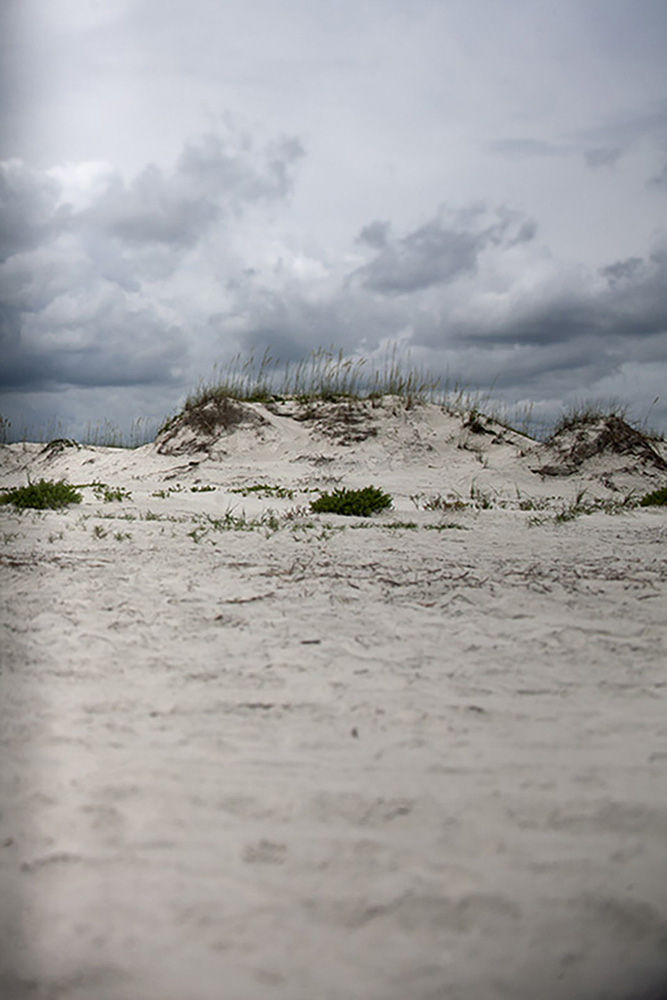
©Pallid Beach Mouse, Last Seen 1959, Ponce Inlet Park Volusia County, Florida, Digital Photograph, 2017
Posts on Lenscratch may not be reproduced without the permission of the Lenscratch staff and the photographer.
Recommended
-
Lorraine Turi: The States Project: North CarolinaNovember 19th, 2017
-
Aspen Hochhalter: The States Project: North CarolinaNovember 18th, 2017
-
Leah Sobsey: The States Project: North CarolinaNovember 17th, 2017
-
Ryan Adrick: The States Project: North CarolinaNovember 16th, 2017
-
Courtney Johnson: The States Project: North CarolinaNovember 15th, 2017


